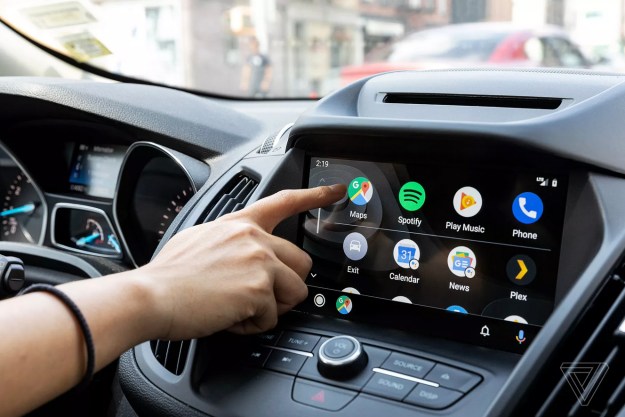
That means California residents are also in a good position to evaluate the Google cars as “drivers.”
So do the robots really perform more efficiently than humans, or are we about to be faced with an onslaught of lane-hogging, tailgating, and road-raging machines?
Not the latter. Drivers don’t have to worry about overly-aggressive behavior from Google’s autonomous cars, although they might not be considered perfect replacements for humans by everyone, according to a local blog post unearthed by Vox.
One anonymous California resident said Google’s cars “drive like your grandma.” They’re apparently never the first to pull away from a stop light, they accelerate very gradually, and they don’t speed.
When making a left or right turn where visibility may be limited, the Google cars inch out very gradually, with multiple abrupt pauses, the poster says. And when they stop for pedestrians, the cars wait a few seconds after the people have finished crossing before proceeding.
This of course slows down traffic, and reportedly makes human drivers a bit annoyed. It’s at least better to be annoyed than trembling in fear of a potential robot overlord.
In fact, though, the cars’ behavior could turn into a liability.
When cut off by another vehicle, the autonomous cars simply slow down to make room. They don’t remain close to the incoming car or accelerate to close the gap, let alone tailgate or or raise a one-finger salute, as some humans might do in the same situation.
That means human drivers could come to view these self-driving cars as easy “targets,” and habitually cut them off. It’s also possible that a self-driving car programmed in this way could become paralyzed in situations where traffic or pedestrians refuse to yield.
All of that granny-like behavior does however seem to put human drivers and pedestrians at ease. People in the area surrounding the Google campus in Mountain View have apparently gotten used to the cars, and trust that they won’t go all Terminator on anyone.
“Other drivers don’t even blink when they see one,” the poster wrote.
Editors' Recommendations
- Tesla Autopilot vs. full self-driving: What’s the difference?
- Google is bringing Chrome browser to cars, even more EV features to Maps
- Dubai Police to deploy driverless patrol cars with AI smarts
- Cruise says it’s nearing approval for mass production of futuristic robotaxi
- An autonomous car in San Francisco got stuck in wet concrete


